A Snapshot of Autism Spectrum Disorder in California
‹View Table of Contents
Download and print this page [PDF – 225 KB, Print Only]
Findings from the California Autism and Developmental Disabilities Monitoring (CA-ADDM) program help us understand more about the number of children with autism spectrum disorder (ASD), the characteristics of those children, and the age at which they are first evaluated and diagnosed.
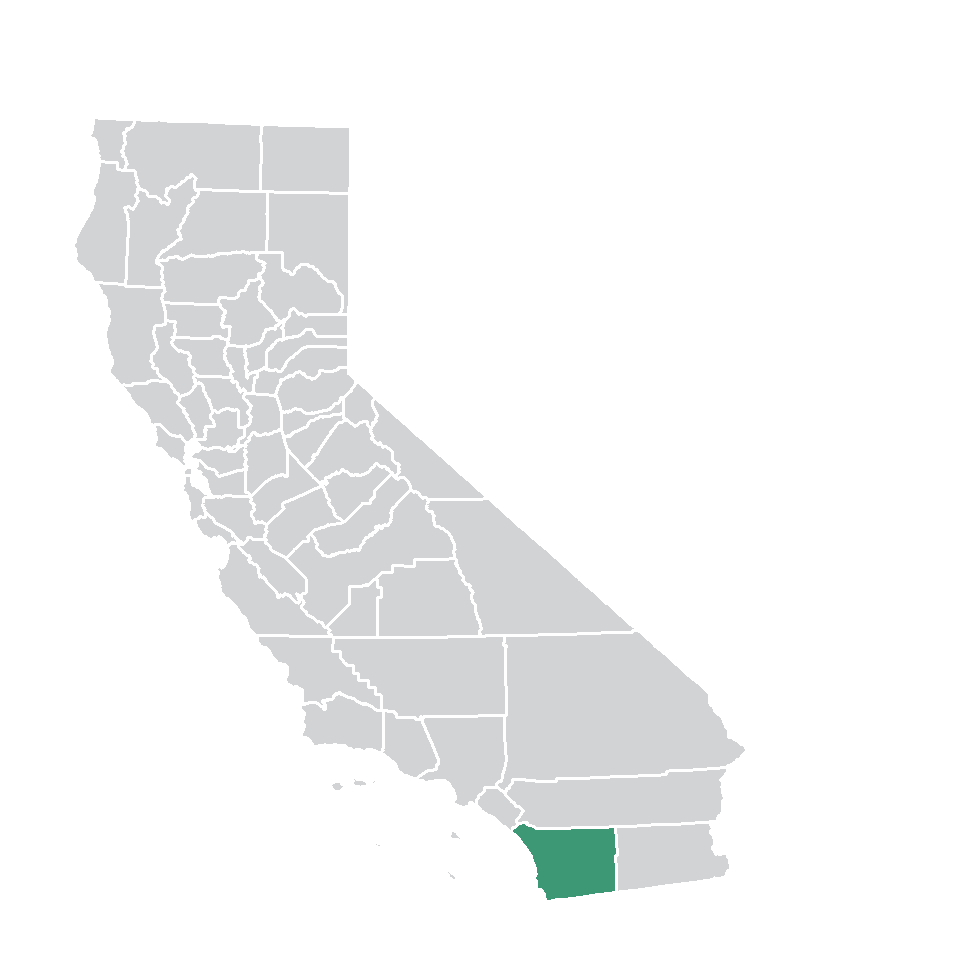
![]() SITE TRACKING AREA
SITE TRACKING AREA
Or 4.5% of 8-year-old children were identified with ASD by the CA-ADDM program in 2020
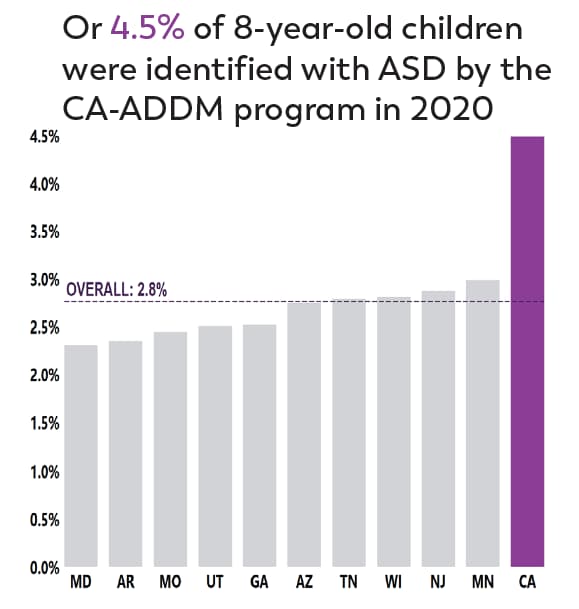
This percentage is higher than the average percentage identified with ASD (2.8%) in all communities in the United States where CDC tracked ASD among 8-year-olds in 2020.
or 4.6% of 4-year-old children were identified with ASD by the CA-ADDM program in 2020.
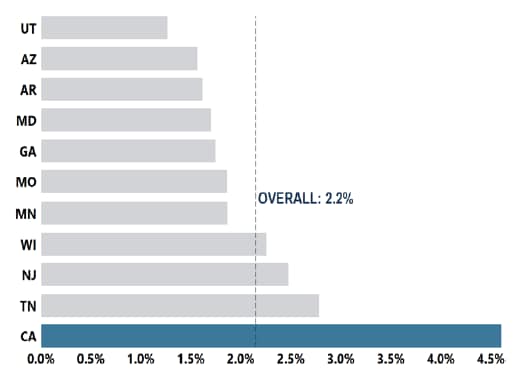
This percentage is higher than the average percentage identified with ASD (2.2%) in all communities where CDC tracked ASD among 4-year-olds in 2020.
The median age of diagnosis for 8-year-old children in California was 36 months. The median age of diagnosis was younger in CA-ADDM than the average median age of diagnosis in all communities in the US where CDC tracked ASD in 2020 (49months).
Asian/Pacific Islander 8-year-old children were 1.5 times as likely to be identified with ASD as White children.

Values indicate prevalence per 1,000 children. There were no other significant differences
in identification between other races and/or ethnicities.
IQ data available for 87%
Of children identified with ASD by the CA-ADDM Project
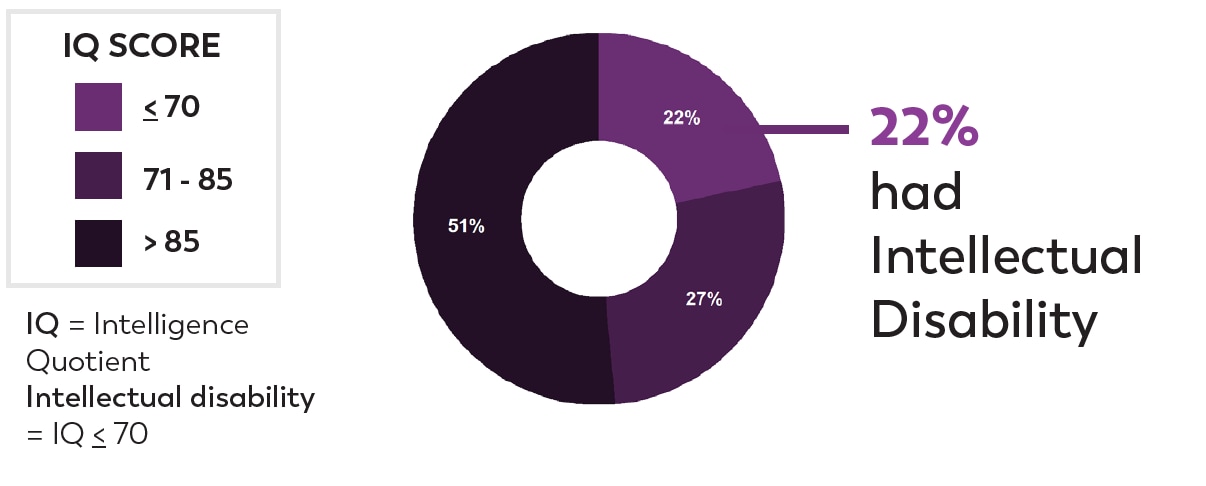
White 4-year-old children were less likely to be identified with ASD than other races and/or ethnicities.

Values indicate prevalence per 1000.
From 2016 through the beginning of 2020, 4-year-old children had more evaluations and identifications than the cohort aged 8 years had from 2012 through 2016. The pandemic onset in March 2020 coincided with a stark drop-off in evaluations and identifications. California experienced sustained drops in both evaluation and identification through the end of 2020.
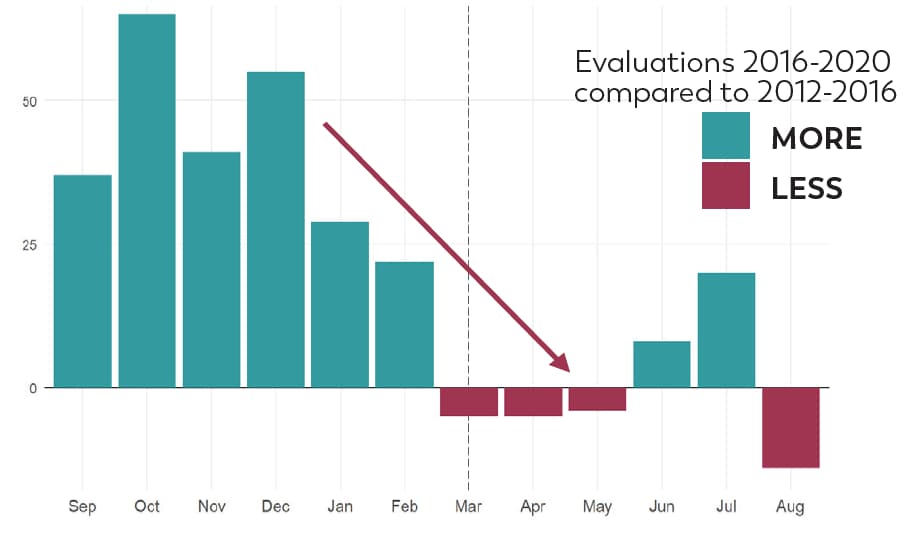
What are the key take-away messages from California data?
- The percentage of children identified with ASD is higher in California compared to other sites where CDC tracks ASD for both 4-year-old and 8-year-old children.
- More children with ASD in California received their first diagnosis at a younger age than in other sites. Additionally, the co-occurrence of intellectual disabilities is lower for both 4-year-old and 8-year-old children identified with ASD in California than in other sites.
- Among 4-year-olds, White children were less likely to be identified with ASD than children of other races and/or ethnicities.
- Among 8-year-olds, Asian/Pacific Islander children were more likely to be identified with ASD than White, Hispanic, and multiracial children. There were no other differences in the number of 8-year-old children identified with ASD across racial and ethnic groups.
- Differences continue to persist in the proportion of boys and girls identified with ASD. However, these differences have decreased compared with previous years and may reflect differences in screening and diagnostic patterns.
How can this information be useful?
CA-ADDM latest findings can be used to
- Promote and track patterns in early identification of ASD.
- Plan for service needs of individuals with ASD and their families and provide trainings related to ASD to healthcare and education providers.
- Inform policies promoting improved outcomes in health care and education for individuals with ASD.
- Improve collaborations across the ASD community among providers, researchers, and families.
Partners in California might consider different ways to
- Empower parents/caregivers to act early if there is concern about their child’s development.
- Lower the age of first evaluation by community providers by identifying and addressing barriers to evaluation and diagnosis.
- Develop supports and services across the lifespan of individuals to better support the increasing number of children with ASD as they transition into adulthood and beyond.
How and where was this information collected?
CA-ADDM uses a record review method. Specifically, this information is based on the analysis of data collected from the health, early intervention, and special education records of children who were 4 years old and 8 years old and living in parts of San Diego County in 2020.
8-year-old children in tracking area: 15,828
- 23% White
- 7% Black
- 49% Hispanic
- 12% Asian or Pacific Islander
- <1% American Indian or Alaska Native
- 8% Multiracial
4-year-old children in tracking area: 16,719*
- 26% White
- 7% Black
- 47% Hispanic
- 12% Asian or Pacific Islander
- <1% American Indian or Alaska Native
- 8% Multiracial
*Estimates may not sum to 100 due to rounding
What else does CA-ADDM do besides provide estimates of ASD?
CA-ADDM collaborates with the California Department of Public Health; investigators from the University of California San Diego; and health, education, and early intervention systems that serve children with developmental disabilities and their families to understand the number and characteristics of 4-year-olds and 8-year-olds with ASD in select areas of California. Upon request, CA-ADDM offers workshops and trainings for local professionals and provides tailored data reports and presentations on the number and characteristics of children with ASD in California and across the ADDM Network. CA-ADDM works with interdisciplinary partners to identify ways the data can help improve our understanding of the needs of families in California. In addition, CA-ADDM works with clinical research groups to inform partners on scientific developments and promote innovative approaches to ASD identification in the community.
“CA-ADDM helps us understand the impact we make on our community in many ways, such as by revealing the total percentage of children and families that are accessing supports. We are also able to examine possible disparities in service uptake between children from different demographic groups and use this knowledge to continue to refine and improve what we do. We are able to share the full extent of the impact of SDRC programs and services with our staff as well as local and state level policy makers to grow as an agency and provide the best possible care for children with autism and their families.”
Kathy Karins, RN
Director of Clinical Services, San Diego Regional Center
Resources
DEPARTMENT OF DEVELOPMENTAL SERVICES REGIONAL CENTERS
916-654-1690
www.dds.ca.gov/rc/
CALIFORNIA EARLY START
800-515-2229
www.dds.ca.gov/services/early-start/
FIRST FIVE CALIFORNIA
916-263-1050
www.ccfc.ca.gov/
DEPARTMENT OF EDUCATION SPECIALIZED PROGRAMS
916-445-4613
www.cde.ca.gov/sp
UC SAN DIEGO AUTISM CENTER OF EXCELLENCE
858-534-6912
https://neurosciences.ucsd.edu/centers-programs/autism/index.html
NATIONAL FOUNDATION FOR AUTISM RESEARCH
858-679-8800
www.nfar.org/what-we-do/parent-programs
CDC’S LEARN THE SIGNS. ACT EARLY.
Patricia Moore
Michele Rogers
CA Act Early Ambassador
https://www.cdc.gov/ncbddd/actearly/ambassadors-list.html
CONNECT WITH CA-ADDM
Karen Pierce, PhD
University of California San Diego
8110 La Jolla Shores Dr, Ste 202
La Jolla, CA 92037
858-534-6912
kpierce@health.ucsd.edu
Pages in this Report
- 2023 Community Report on Autism
- Executive Summary
- Key Findings from the ADDM Network
- A Deeper Dive
- Spotlight On: Progress in Early Identification Disrupted during the COVID-19 Pandemic
- Spotlight On: A New Pattern in Racial and Ethnic Differences
- Data for Action
- ADDM Network Site Snapshots Overview
- A Snapshot of Autism Spectrum Disorder in Arizona
- A Snapshot of Autism Spectrum Disorder in Arkansas
- ›A Snapshot of Autism Spectrum Disorder in California
- A Snapshot of Autism Spectrum Disorder in Georgia
- A Snapshot of Autism Spectrum Disorder in Maryland
- A Snapshot of Autism Spectrum Disorder in Minnesota
- A Snapshot of Autism Spectrum Disorder in Missouri
- A Snapshot of Autism Spectrum Disorder in New Jersey
- A Snapshot of Autism Spectrum Disorder in Tennessee
- A Snapshot of Autism Spectrum Disorder in Utah
- A Snapshot of Autism Spectrum Disorder in Wisconsin
- Glossary
- References